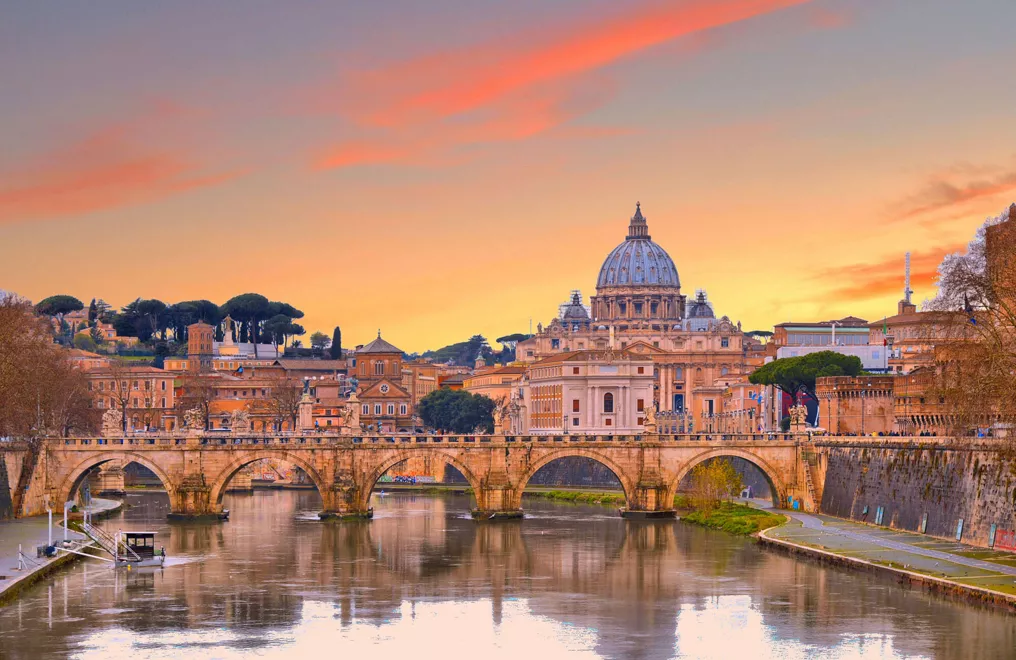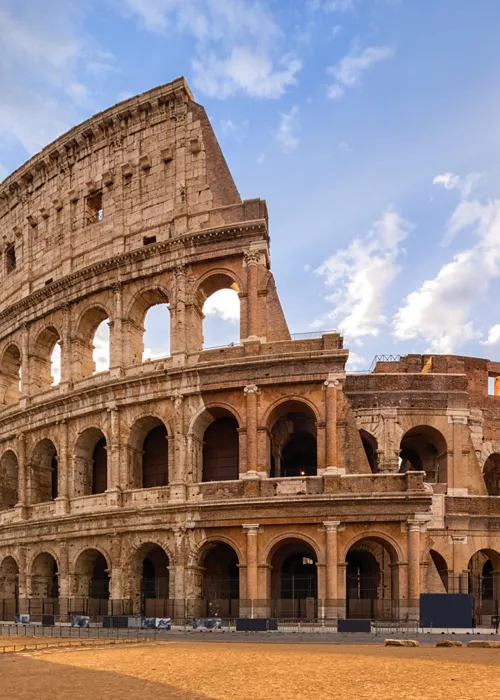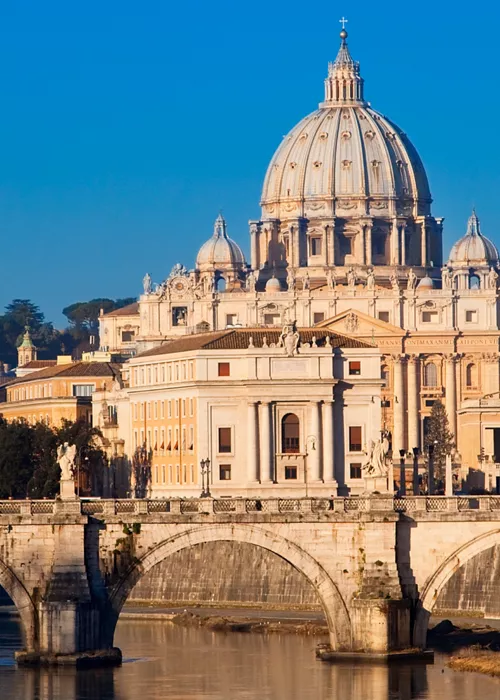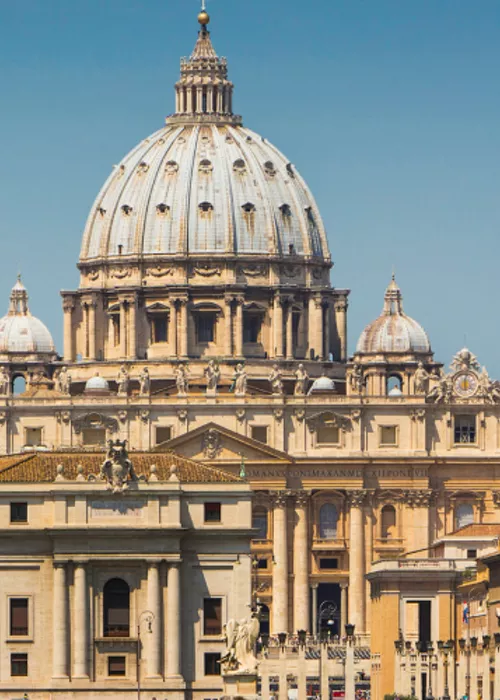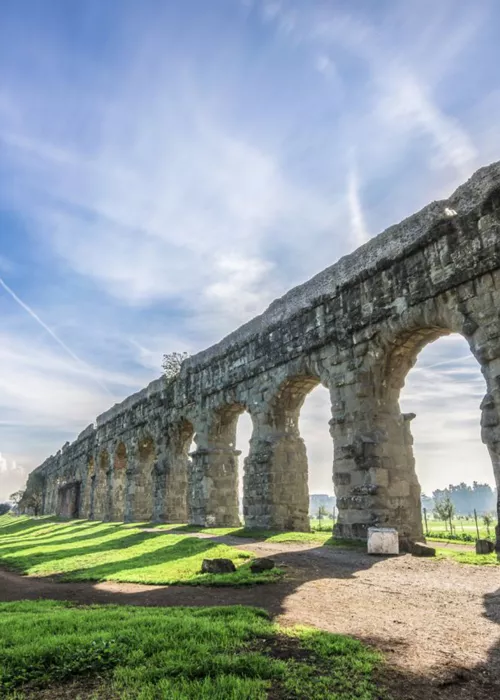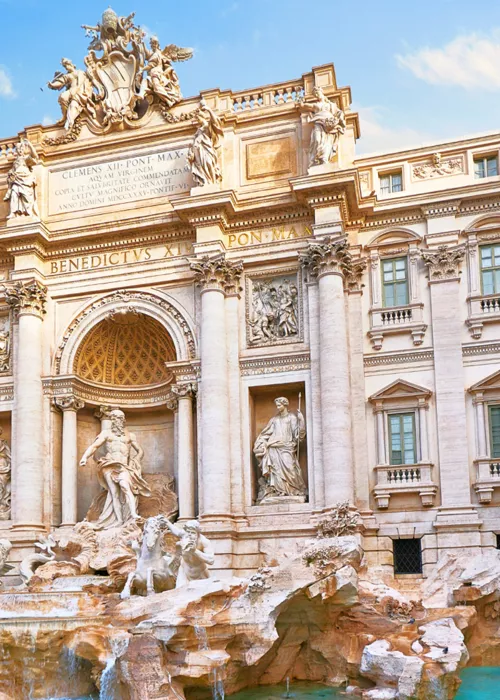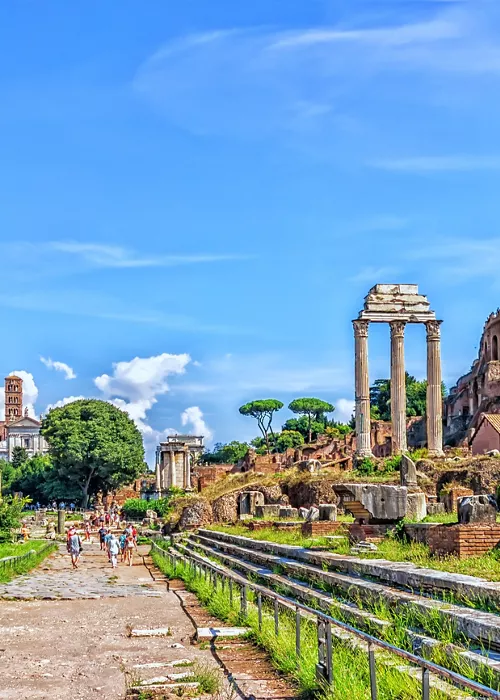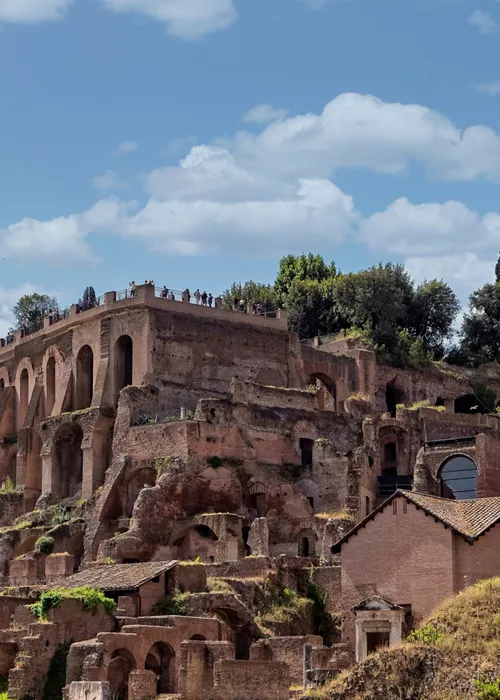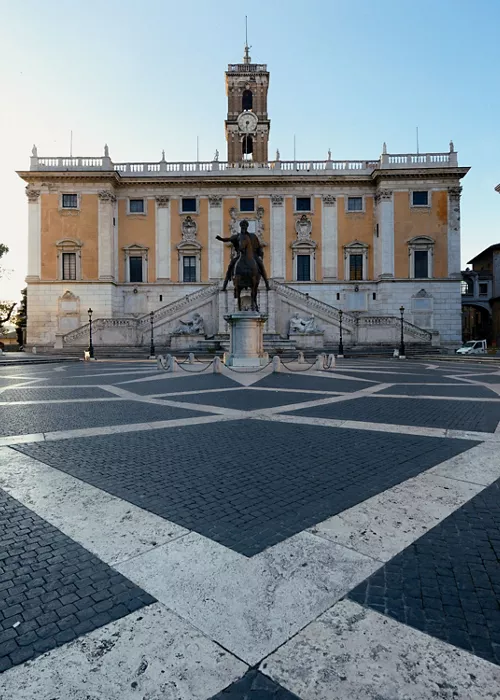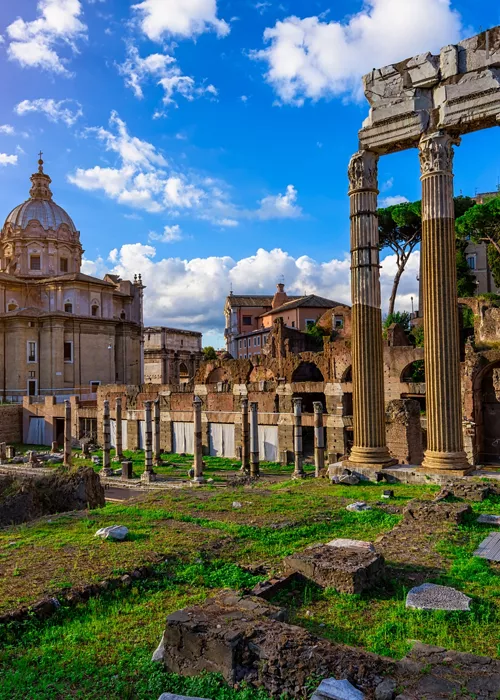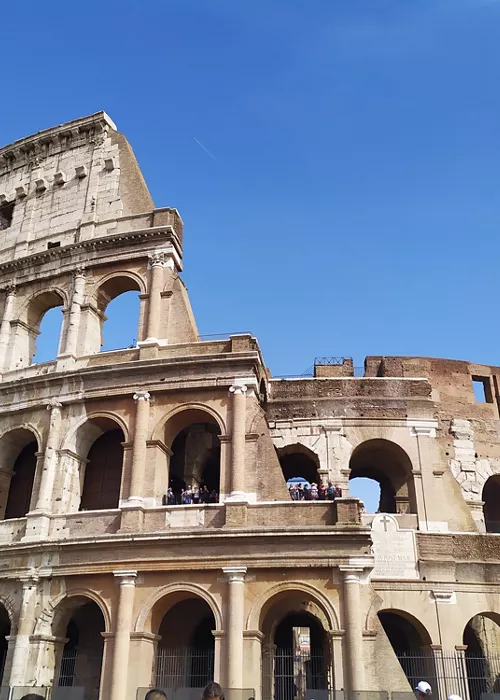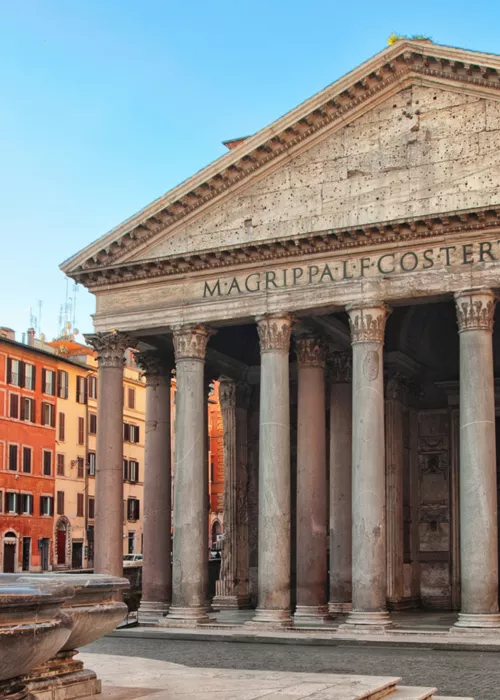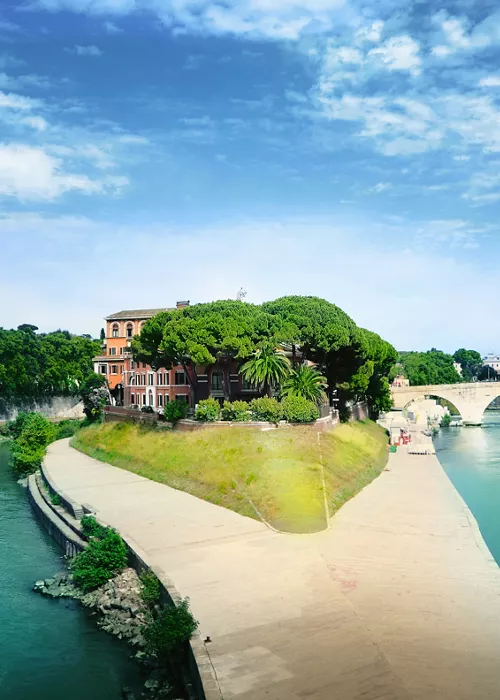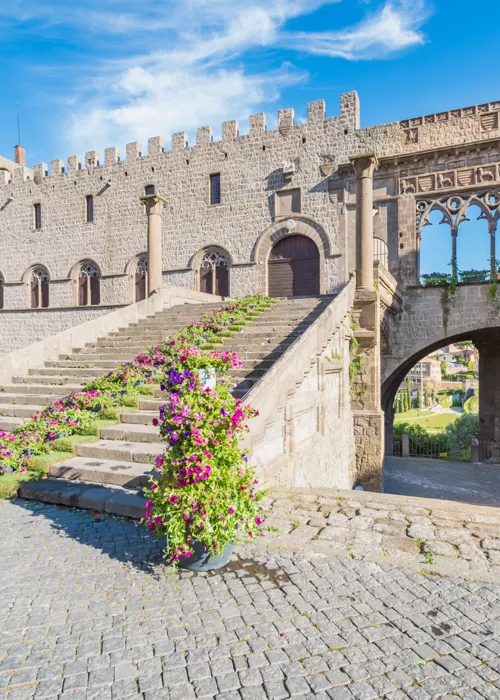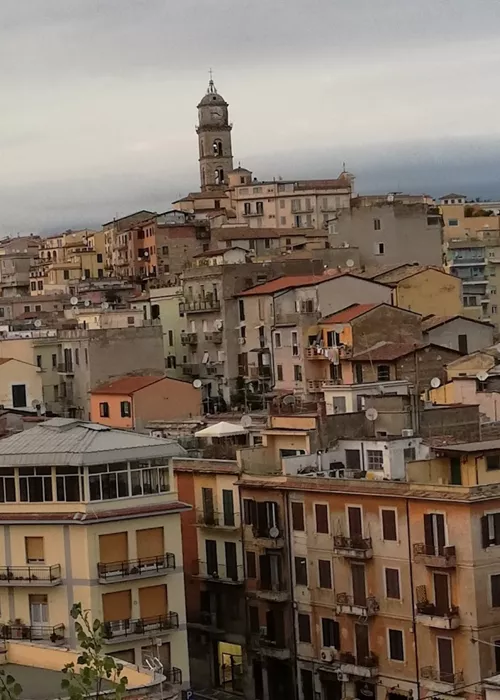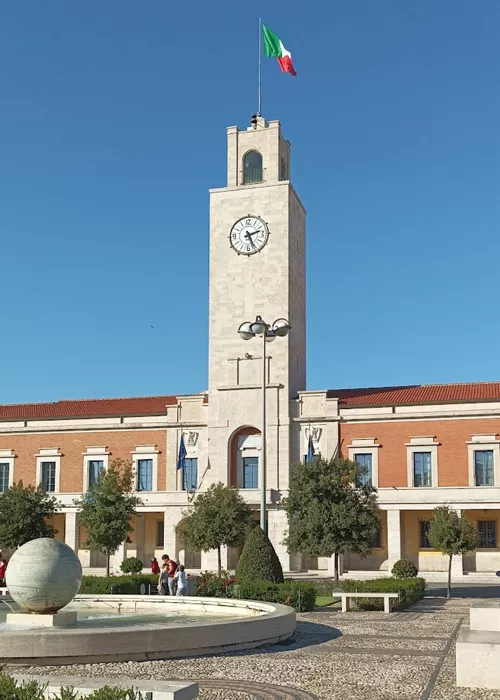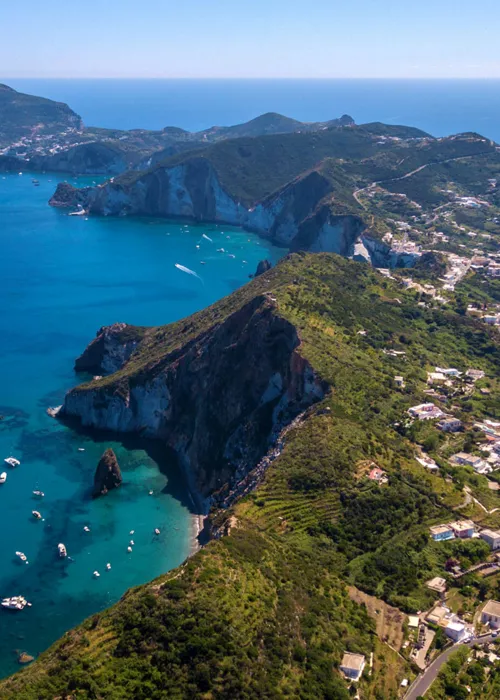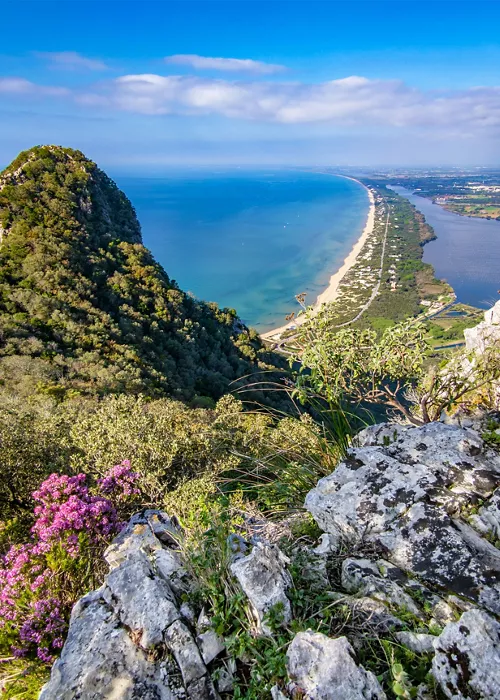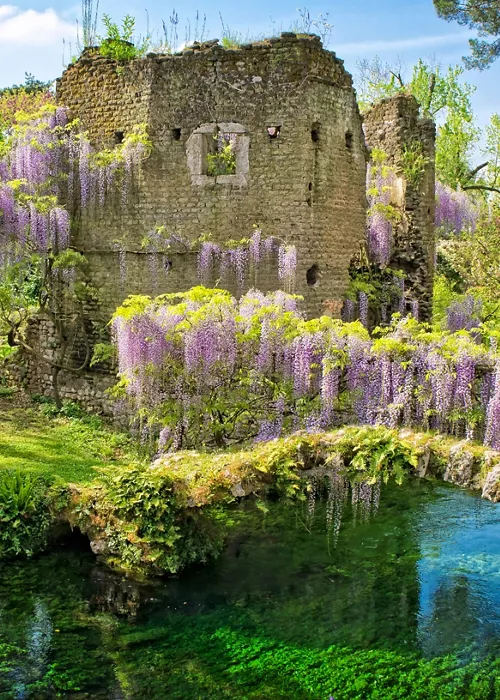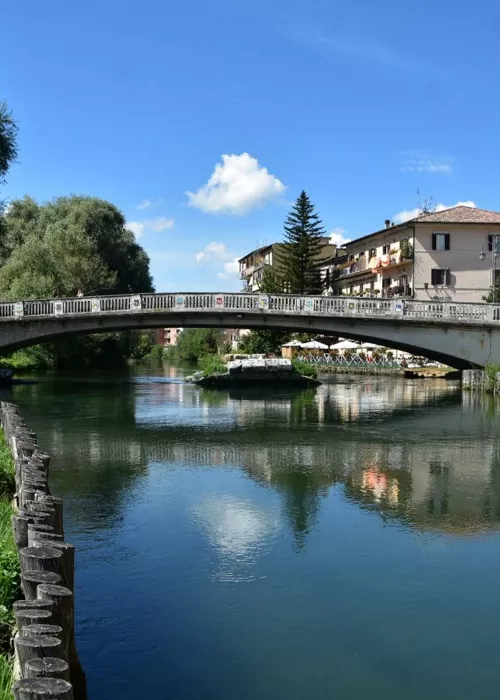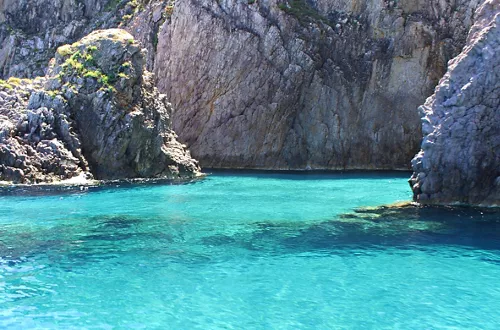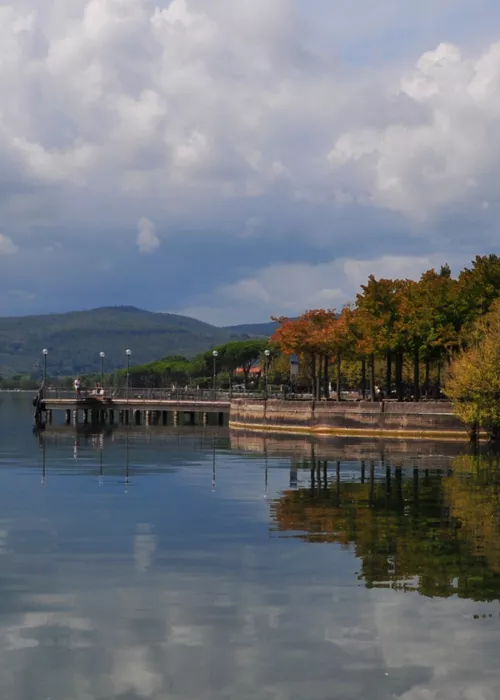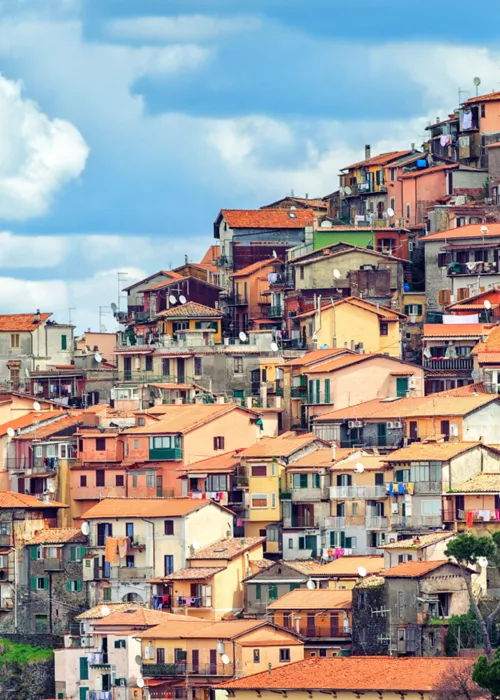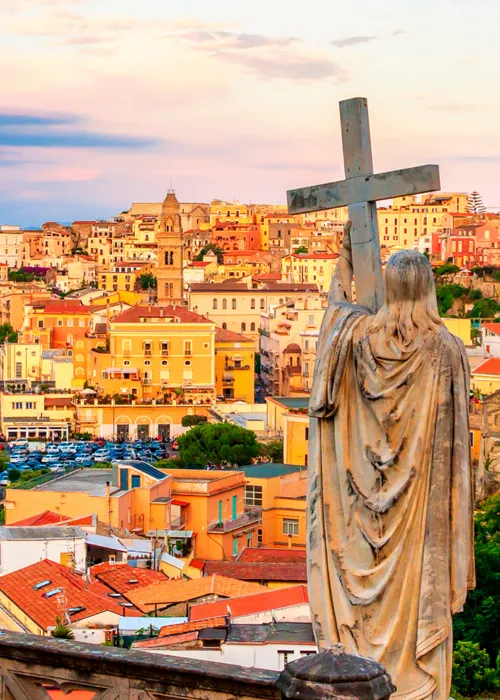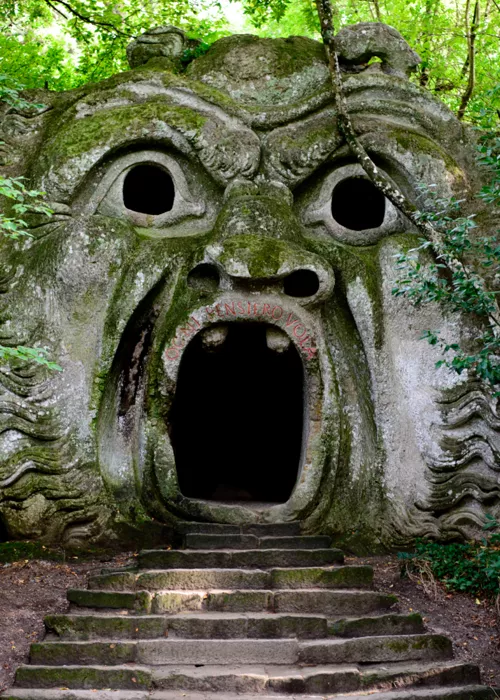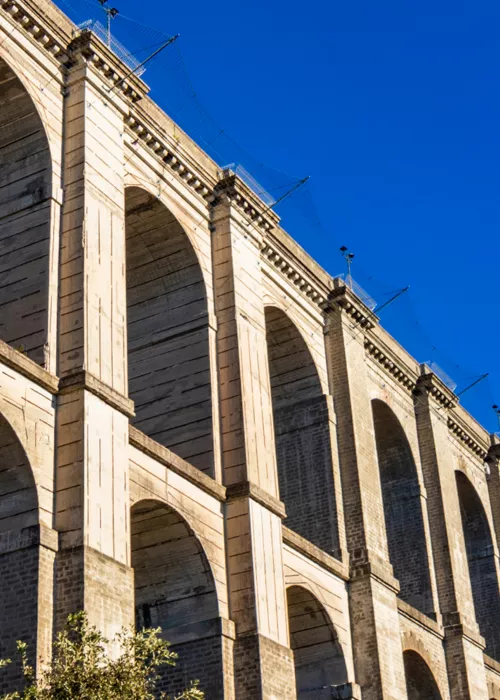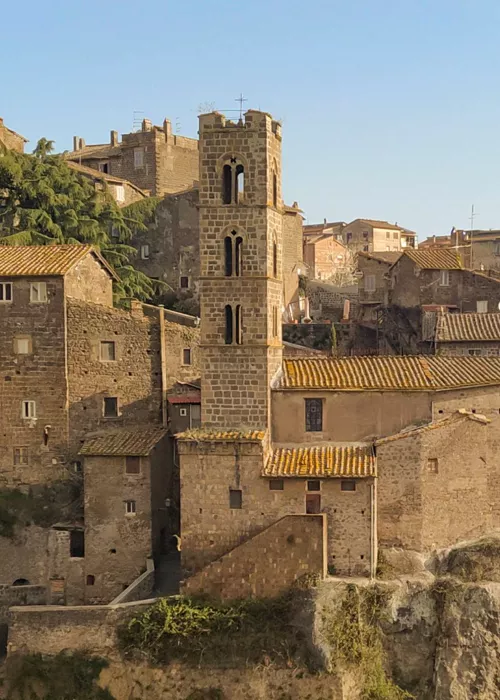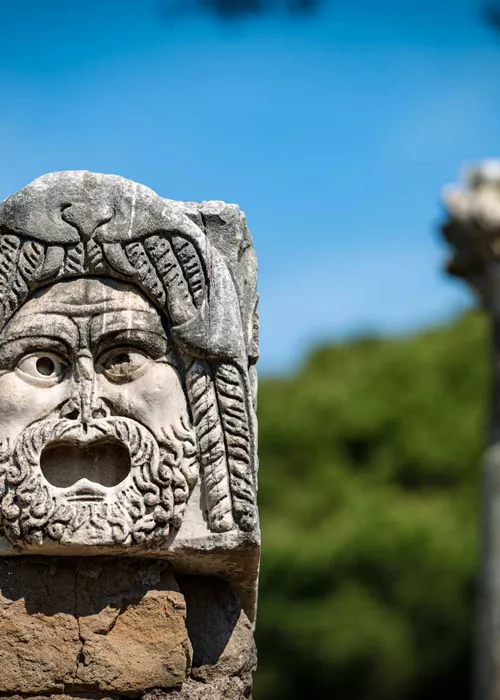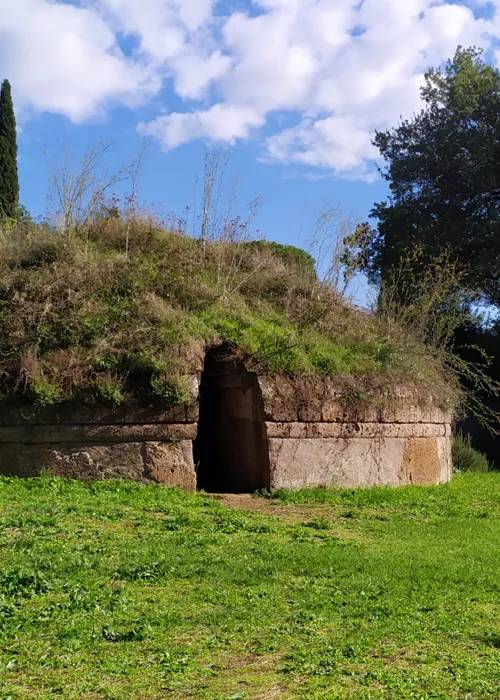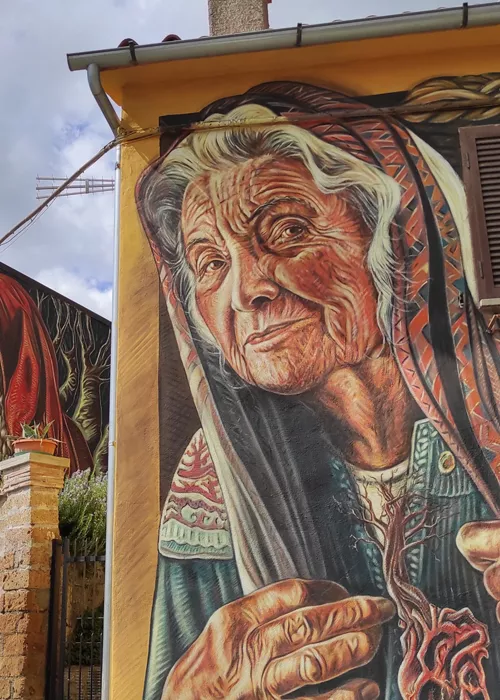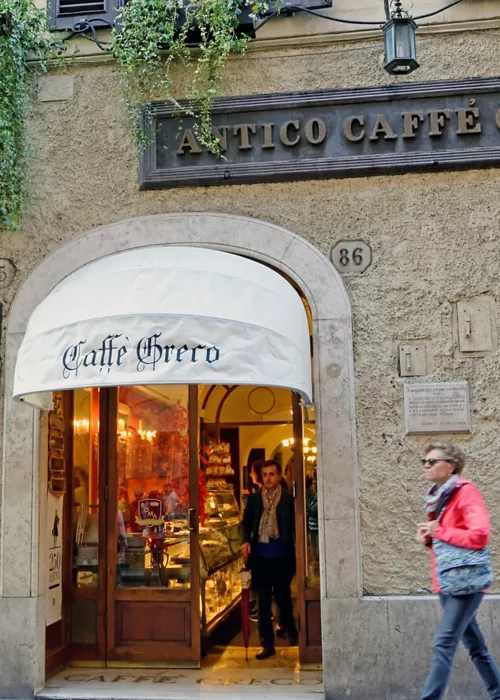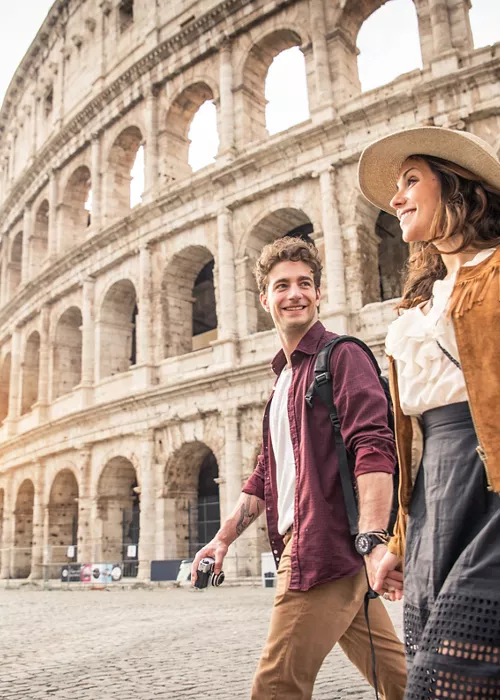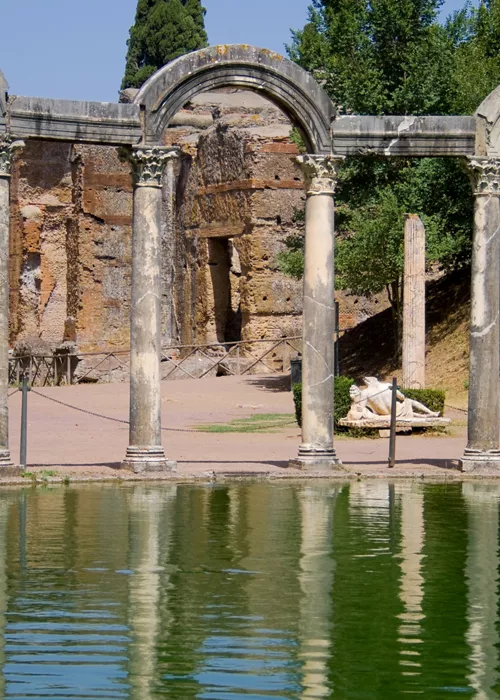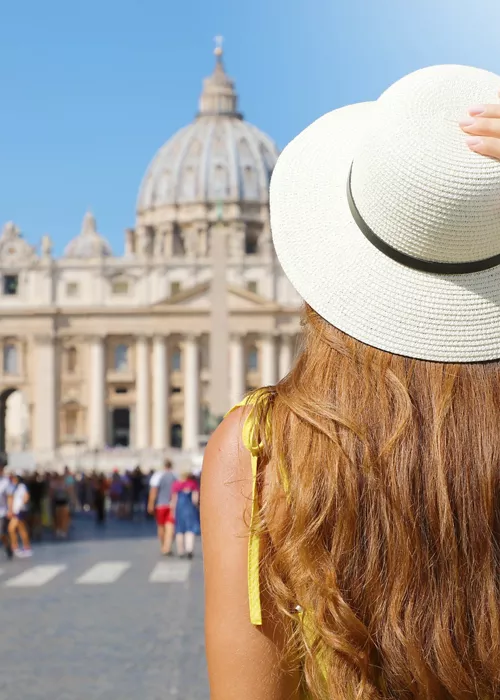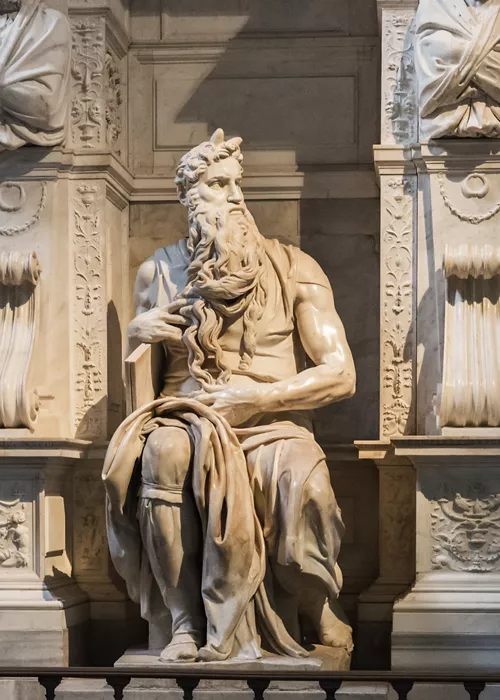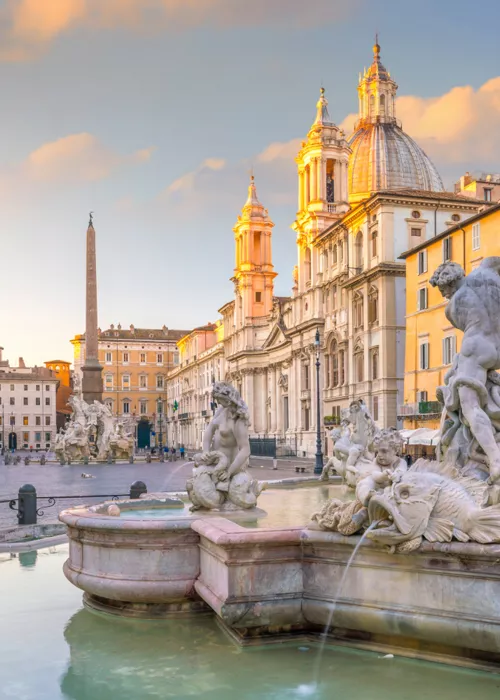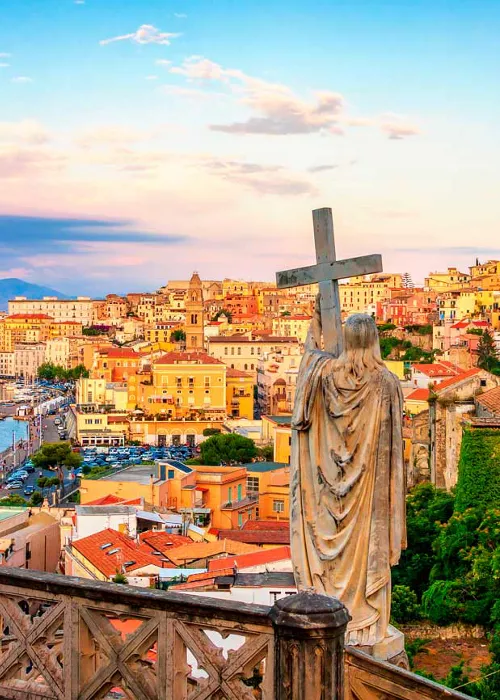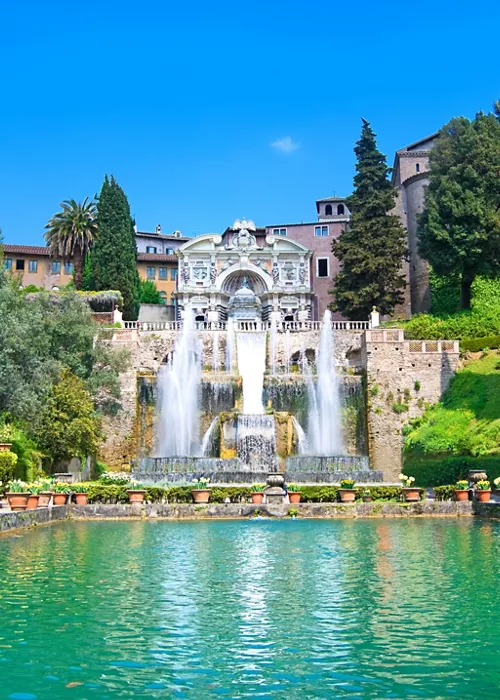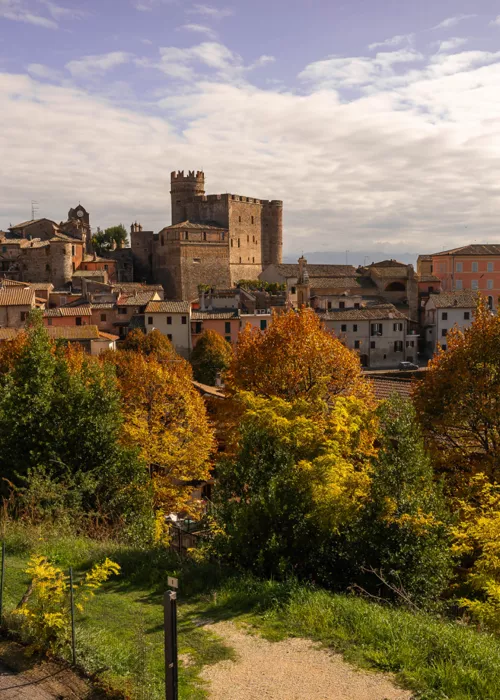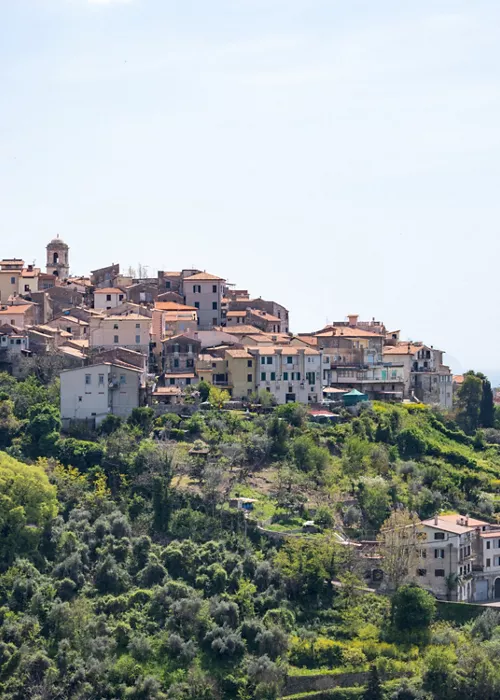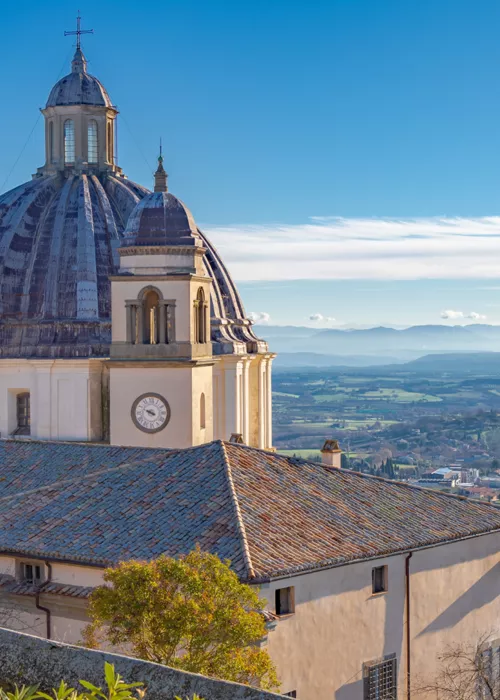Lazio: the capital region that amazes with its history and beautiful landscapes
5 minutes
Rome, with what it has left us and what it continues to represent: the former capital of the Roman Empire, then the heart of Christianity with its St Peter's Square and papal seat.
But Lazio is not only Rome: it is also the land of historic churches and abbeys scattered over the territory, of large and small historic centres and picturesque villages, of the consular roads that radiate out from Rome to the rest of Italy, crossing Lazio and its landscapes.
The area is truly waiting to be discovered, with lakes, mountains, beaches and beautiful countryside in the shadow of ancient aqueducts and manors.
Origins and historical background on Lazio
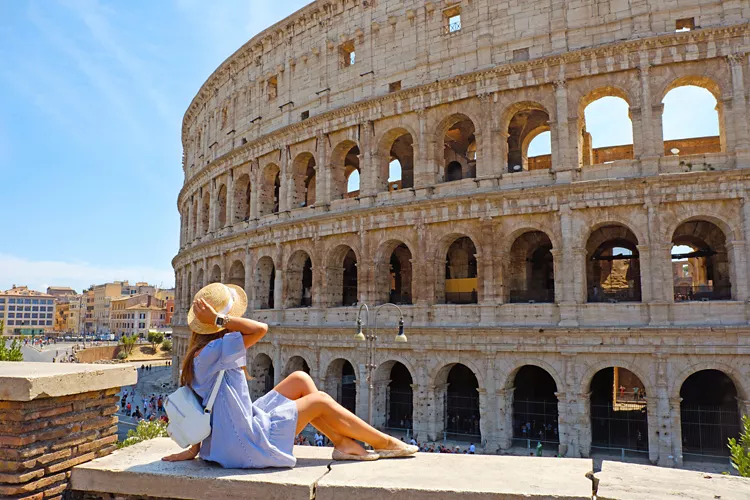
Rome soon became one of the most important cities in the known world. The real expansion of the city occurred at the time of the Roman Republic, a period when the Romans conquered much of Europe and North Africa, as well as building important monuments and producing masterpieces in the arts.
The most prosperous period came with Emperor Augustus, who founded the Roman Empire and promoted art and culture, while Christianity profoundly transformed the social structure starting with Emperor Constantine. With the end of the Empire and the barbarian invasions, Rome lost its political centrality, but remained the spiritual centre of Europe as the residence of the Popes and the nucleus of the Church State, for a millennium covering much of central Italy.
With the end of the reign of the Popes, power passed to the Kingdom of Italy, which soon became its capital. Today it is the capital of the Italian Republic.
The main cities of Lazio
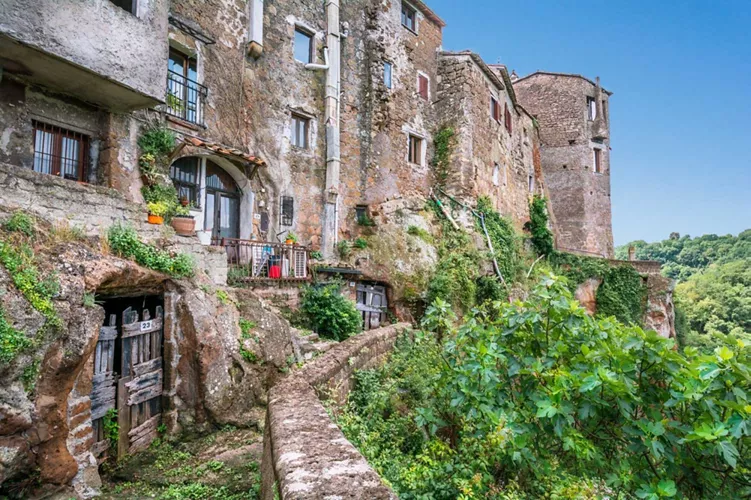
Rome is of course the first city in Lazio, a wonder included in the UNESCO World Heritage list. In the eternal city there are world landmarks such as the Vatican City, St Peter's Basilica, the Vatican Museums and the Sistine Chapel, the Roman aqueducts and the Trevi Fountain.
Thanks to the vastness of its archaeological sites, Rome is an open-air museum: the Roman Forum, enclosed by the Palatine Hill, the Capitoline Hill, Via dei Fori Imperiali and the Colosseum, preserves the remains of buildings and monuments that have made the history of the city.
The Colosseum, in particular, is iconic: it was the largest amphitheatre in which gladiator fights took place.
Also almost obligatory is a visit to the Pantheon, an important religious monument of ancient Rome built in the time of Augustus and dedicated to all the deities.
It is worth visiting Villa Torlonia, a historic Roman villa in the city, surrounded by a huge park with statues, fountains and a small lake called Lago del Fucino.
Not to be missed is Isola Tiberina, in the heart of Rome, on the Tiber. An urban island that is an undisputed symbol of the capital, which holds testimonies from every era, from Roman bridges to Renaissance churches.
But Lazio is not only Rome. The medieval, picturesque charm of the centre of Viterbo harks back to the period, in the heart of the 13th century, when the city was the seat of the popes. Rich in monuments, it hosted the first and longest conclave in the history of the Church and is still rich in interesting churches, historical palaces, castles, towers and beautiful squares.
Frosinone is a city in the same province as Ciociaria and has ancient origins, with a troubled past of earthquakes and looting and few historical testimonies, but of great importance.
Latina was built during Fascism in what was once the Pontine Marshes and is characterised by interesting rationalist architecture, but also by a province rich in attractions: the Pontine Islands, the coastal lakes and the Circeo National Park. Just outside the city, the Gardens of the Nymph, a natural monument of the Republic, are not to be missed. It is a beautiful English garden with a romantic appearance created by Gelasio Caetani in 1921.
Rieti is an ancient city with surroundings full of interesting villages, but also a unique landscape and historical heritage.
What to see in Lazio: 4 milestones
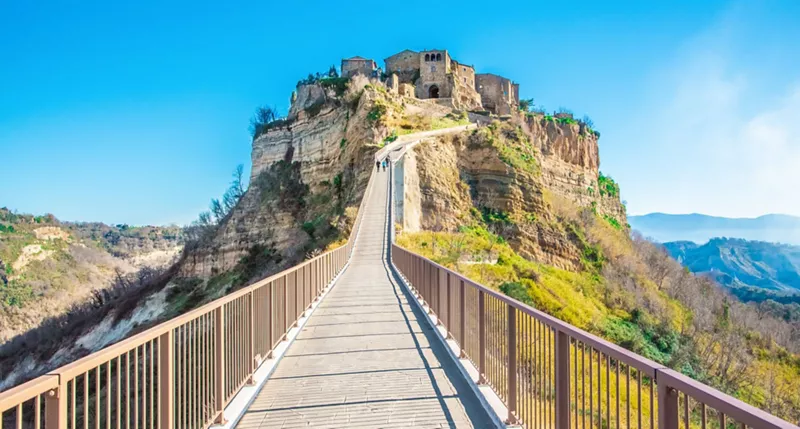
In addition to the main cities, Lazio offers many attractions.
The first is Civita di Bagnoregio, an enchanting place in the Viterbo area, called the “dying city” because of the precariousness of its structure: it sits on a continuously eroding outcrop of tuff rock.
The island of Ponza is a glamorous destination for sea lovers: it is the main one among the Pontine Islands and boasts crystal-clear sea, sandy shores and fascinating caves.
Immersion in nature is guaranteed on Lake Bracciano, of volcanic origin and populated since the Neolithic period, a picture-postcard landscape made unique by woods, farmhouses, historic villages and rolling hills.
Trekking enthusiasts should note the Monti Lepini, which together with Monti Ausoni and Aurunci make up the largest mountain chain in Lazio. Although mostly wilderness, they offer many nature trails. The view is breathtaking. If you don't want to move too far from the capital, beautiful walking routes can also be found in the Alban Hills. We are located in the Castelli Romani area, and the area is full of trails to walk and activities to try. The most famous starting point is Rocca di Papa while the most famous peak of the Colli Albani is Monte Cavo.
The unusual places of Lazio: 2 stops for the curious
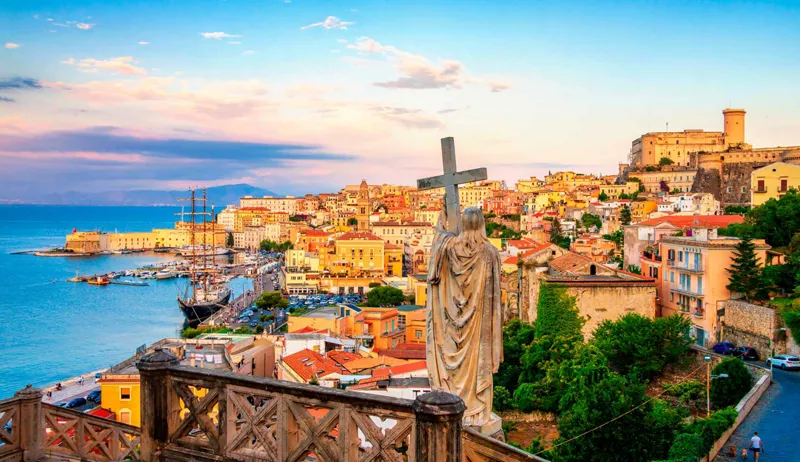
Unusual places in Lazio include Gaeta, a popular seaside destination and cradle of a significant historical and architectural heritage. Located at the southern end of the Riviera d'Ulisse, at the foot of Mount Orlando, it is known as “the city of a hundred churches”.
The Sacred Wood of Bomarzo is a curious natural park in the province of Viterbo, adorned with numerous basalt sculptures, dating back to the 16th century, depicting monsters, deities and mythological animals.
Typical products of Lazio: 6 delicacies to savour
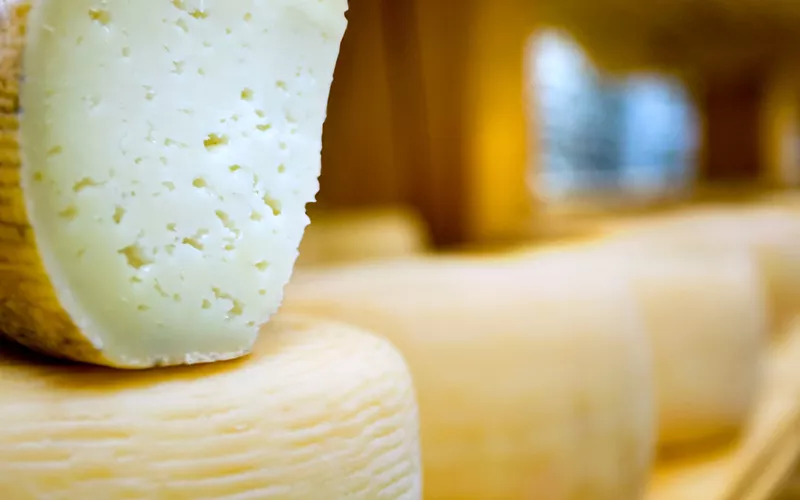
The Latium cuisine is known for its special pasta shapes such as bucatini, large, hollow, durum wheat noodles that win the palate with any sauce, and capelli d'angelo, very fine noodles used for broths and soups.
Among the delicacies are pecorino romano, a hard cheese made from the whole milk of Sardinian sheep, and porchetta di Ariccia, made from cooked pork with a tender texture.
Typical Roman products include the Roman artichoke, spineless and without inner hair, with an intense and sweet flavour, and the Gaeta olive, slightly tapered and with an aromatic taste.
Events in Lazio: 2 occasions not to be missed
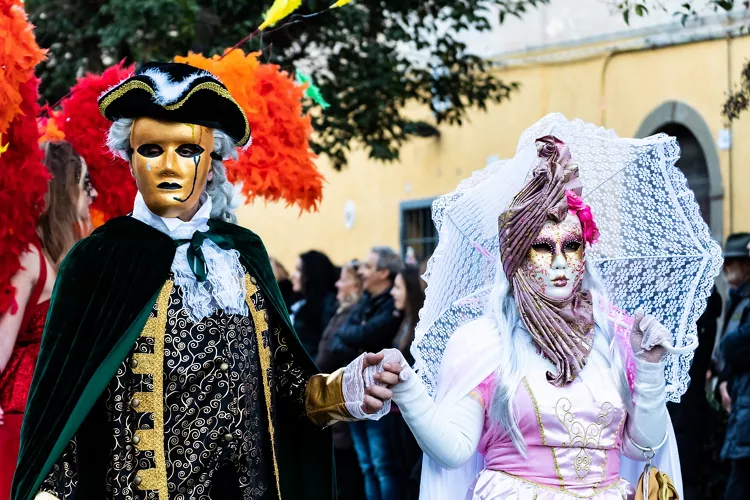
Among the events not to be missed in Lazio are the Ronciglione Carnival, one of the oldest and most beautiful in Italy, and the Feast of St Peter and St Paul in Rome, held every 29 June in honour of the city's patron saints.

